Cestel d.o.o. (Slovenia) - For the past year, Cestel and Dewesoft ran an innovative project at Tomačevo bridge on the outskirts of Ljubljana whose goal was to dynamically identify the behavior of the bridge and correlate its structural response with traffic loads. Both companies are world leaders in their respective fields: Dewesoft in the area of research and manufacturing of data acquisition systems; Cestel in high-speed bridge weigh-in-motion and traffic analysis. The final outcome of the project is a new product called Bridge WIM Diagnostic System, where data from SHM sensors is combined with the data from bridge WIM system in a single software solution.
Matija Mavrič, head of sales and marketing at Cestel, says: “We always strive for improvements and are developing new applications to upgrade the existing technology and its usefulness. Our Bridge WIM Diagnostic System will be unique. In addition to providing information about vibrations, bridge movements, cracks, and weather effects, it also gives information about the weight of the trucks on the bridge.”
Recent collapses of bridges:
Regular maintenance and monitoring of bridges are crucial for ensuring their safety and longevity. Neglected maintenance can lead to structural defects and other issues that compromise bridge integrity and increase the risk of collapse. This is why regular inspection or monitoring is necessary to address problems before they become critical and potentially catastrophic.
A collapse of a bridge is most often caused by a combination of different issues, from insufficient maintenance or aging to construction or design flaws, manufacturing errors, and unexpected structural issues. Collapses can also happen due to accidents, fires, or natural phenomena like floods or earthquakes.
Recent examples of notable bridge collapses include:
- Morbi, India (2022) – In October, a century-old cable suspension pedestrian bridge across the river Machchhu collapsed, killing 135 people and injuring many more.
- Øyer, Norway (2022) – In August, the Tretten bridge carrying county road 254 over the river Gudbrandsdalslågen collapsed after only ten years and two months in operation.
- Weymouth, UK (2020) – In June, a 90-year-old footbridge collapsed, causing several people to fall into the water below. Fortunately, no one was seriously injured.
- Mirepoix-sur-Tarn, France (2019) – In November, a suspension bridge for pedestrians and bicycles over the Tarn River collapsed, killing two people. A truck exceeding the weight limit was crossing the bridge at the time of the collapse.
- Nanfangao, Taiwan (2019) – In October, the Nanfangao Bridge collapsed, killing six people and injuring several others. The collapse caused significant disruption to the local fishing industry.
- Mumbai, India (2019) – In July, a portion of the Gokhale Bridge collapsed during heavy rains, killing two people and injuring several others. The collapse caused significant traffic disruptions.
- Genoa, Italy (2018) – The Morandi Bridge collapsed in August, killing 43 people.
- Miami, USA (2018) – In March, a pedestrian bridge under construction at Florida International University in Miami collapsed, killing six people and injuring several others.
These incidents demonstrate the potential dangers of bridge collapses and the need for regular inspections, maintenance, and investment in infrastructure to ensure their safety.
The Tomačevo bridge:
The Tomačevo Bridge is a two-lane bridge spanning over the Sava River. It is part of road no. 104, one of the most used thoroughfares between Ljubljana, the capital of Slovenia, and its northern suburbs. The bridge consists of two separate structures – two lanes in each direction. It is crossed daily by thousands of commuters and heavy vehicles transporting cargo and goods from industrial areas to the capital.
The reinforced concrete bridge, built in 1982, has seven spans and is 204 meters long. Each structure is 11 meters wide and carries two lanes for vehicular traffic, a sidewalk, and a bicycle lane. Structurally, the bridge consists of eight lines of concrete piers, a concrete deck, two concrete beams, a sidewalk, and a parapet.
Bridge instrumentation:
The instrumentation core of this new bridge monitoring concept is Cestel’s SiWIM MkIV bridge WIM system in combination with Dewesoft’s 3-axial accelerometers and a deflection multi-meter. Sensors were installed under the lanes traveling towards Ljubljana.
The system installed at Tomačevo bridge monitors the following parameters:
- gross weight of heavy vehicles
- vertical displacements
- strains
- axle loads of heavy vehicles
- speed
- axle distances
- tyre types
- temperatures
- wind speed
In this setup, SiWIM’s ST-504 strain gauge sensors are used for gathering data on heavy vehicles, while structural health monitoring is done by the IOLITEiw-3xMEMS-ACC 3-axial, low-noise accelerometers and laser-based Deflection Multi Meter (DMM), which measures the vertical deflection of the bridge in real-time. To monitor ambient and asphalt temperatures, PT100 temperature sensors are installed into the asphalt and under the bridge.
All in all, the following sensors were installed:
- SiWIM ST-504 sensors
- one deflection multi-meter (DMM)
- 14x IOLITEiw-3xMEMS-ACC accelerometers
- 5x IOLITEi-1xSTG devices: three units for ST-.504 and two units for temperature sensors
The IOLITE devices are daisy-chained with a standard Ethernet network cable. EtherCAT protocol allows the devices to be easily distributed across large distances. Devices can span 50 m node-to-node with only one cable between them for signal, power, and synchronization.
EtherCAT communication between devices ensures 1 us synchronization between the samples taken from different devices in the chain. The distance between devices does not influence the precision of the synchronization.
The installation of sensors and cable rooting was carried out by Cestel’s staff.
The position of sensors is extremely important in any SHM setup. In the case of Tomačevo bridge, the Italian company Essebi, which specializes in structural diagnostics and monitoring, determined the appropriate location of sensors. Essebi is developing correlation algorithms for the two types of measurements. Employing the two most popular modal shape extraction programs, Simcenter Test Lab and Artemis, Essebi carried out three double-blind modal analyses of the bridge in different time periods. These analyses highlight low-frequency variability with temperature, which is important in evaluating the need for maintenance.
Monitoring software:
While the combined data from WIM and SHM sensors is gathered by DewesoftX software and visualized in Grafana, the data can also be accessed via the following software solutions targeted at different users:
- SiWIM M (monitoring): web-based application where the data on each individual vehicle detected by the SiWIM system can be accessed. This application is especially useful for law enforcement agencies.
- SiWIM S (supervision and statistic): web-base application used for statistical analysis of the data and technical supervision of the system.
- Dewesoft Historian is a database software service for long-term and permanent monitoring. It provides storage in an InfluxDB time-series database.
- Dewesoft Artemis OMA is a software suite for analyzing the structural dynamics of civil engineering structures, operating machinery, and any structure difficult to excite in a controlled manner. A set of modal parameters, such as mode shapes, natural frequencies, and damping ratios, can be determined for the operating structures acquiring only the output response data.
Conclusion:
Cestel, Dewesoft and Essebi were extremely satisfied with the results of the pilot project at Tomačevo bridge. The Bridge WIM Diagnostic System, which was developed as a result of the project, offers a unique solution for online structural monitoring of bridges in correlation with axle loads from the traffic flow. For example, the Bridge WIM Diagnostic System detected a 13-axle truck weighing 200+ tons, which crossed the bridge and caused it to deflect around 3,6 mm!
Cestel would like to thank Dewesoft and Essebi for their cooperation in the Tomačevo project, with special thanks to Rok Mesar from Dewesoft and Giorgio Sforza from Essebi!








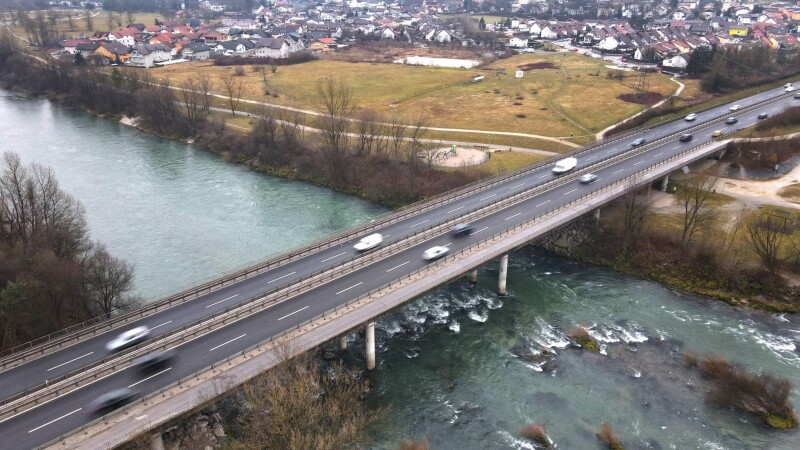
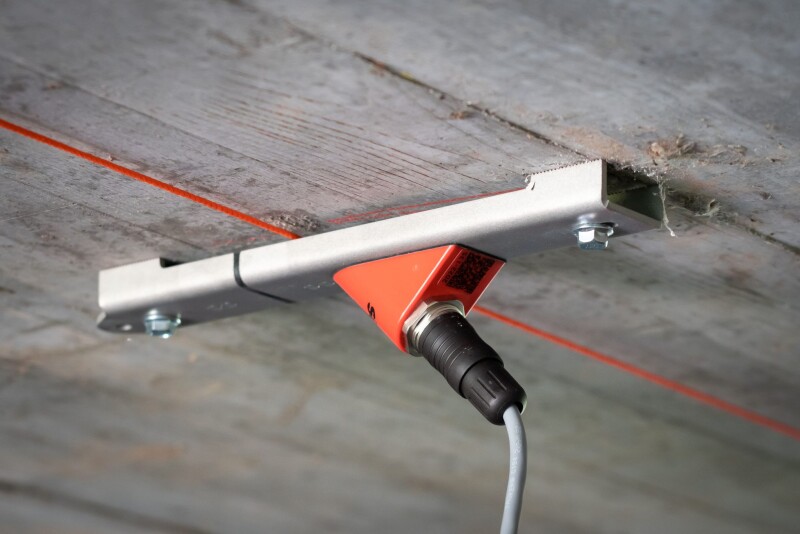
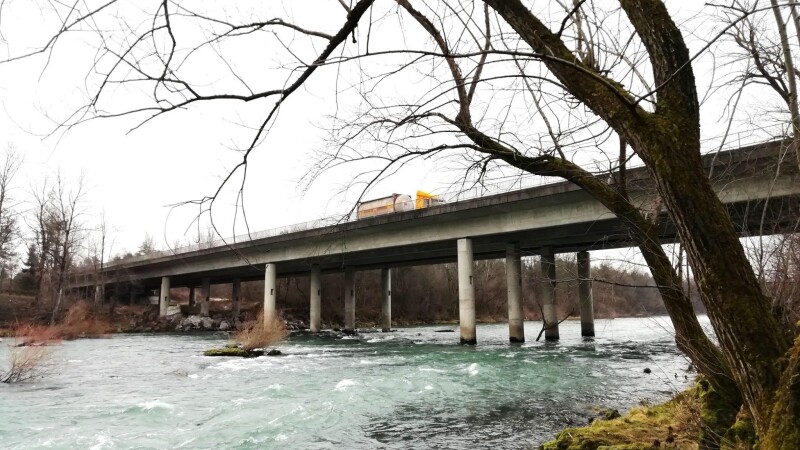










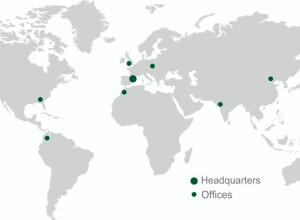
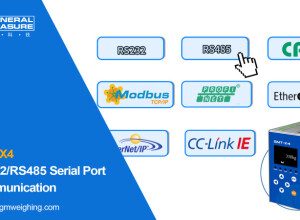

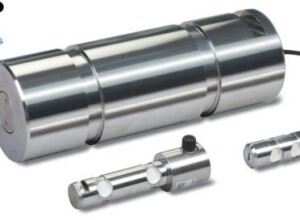







Interested? Submit your enquiry using the form below:
Only available for registered users. Sign In to your account or register here.